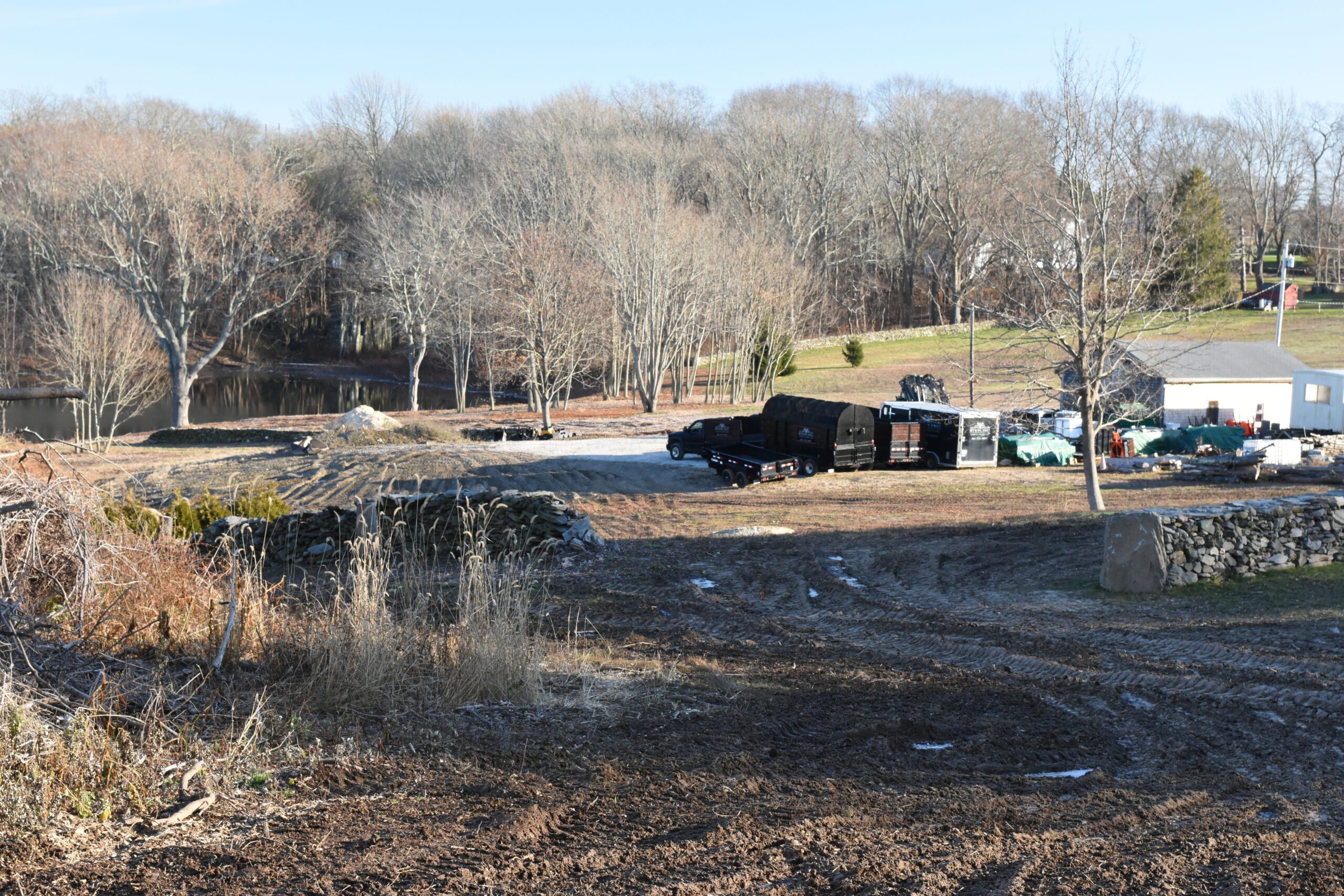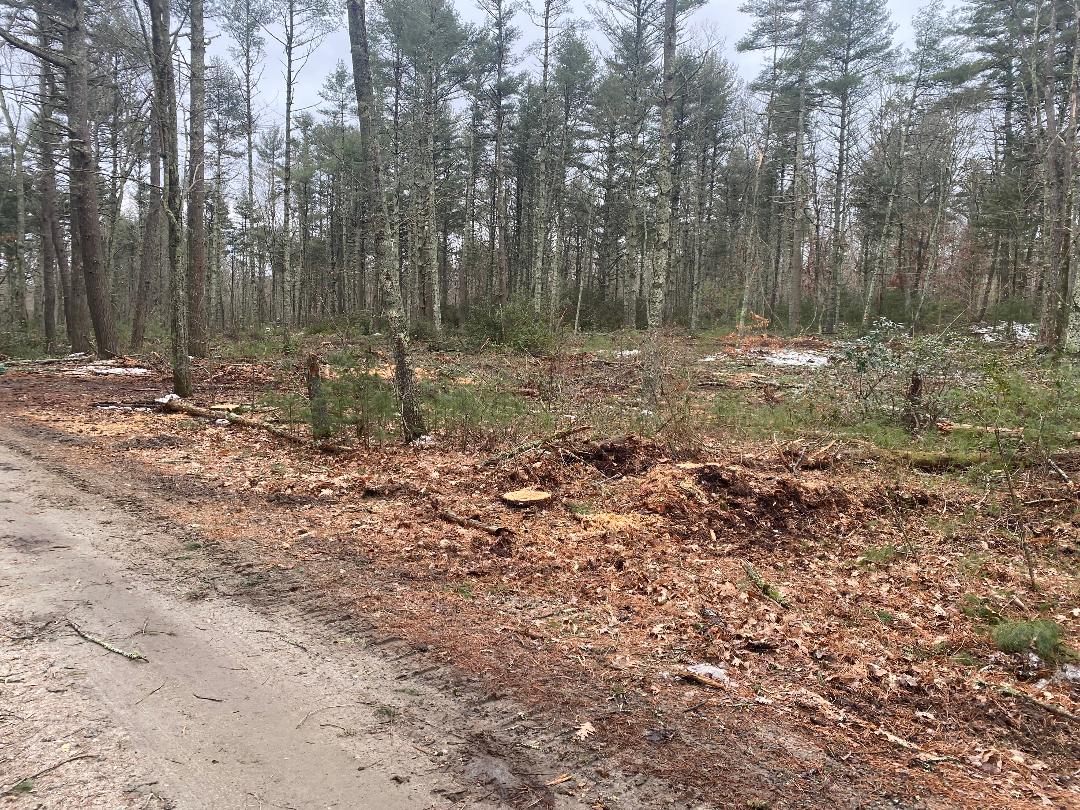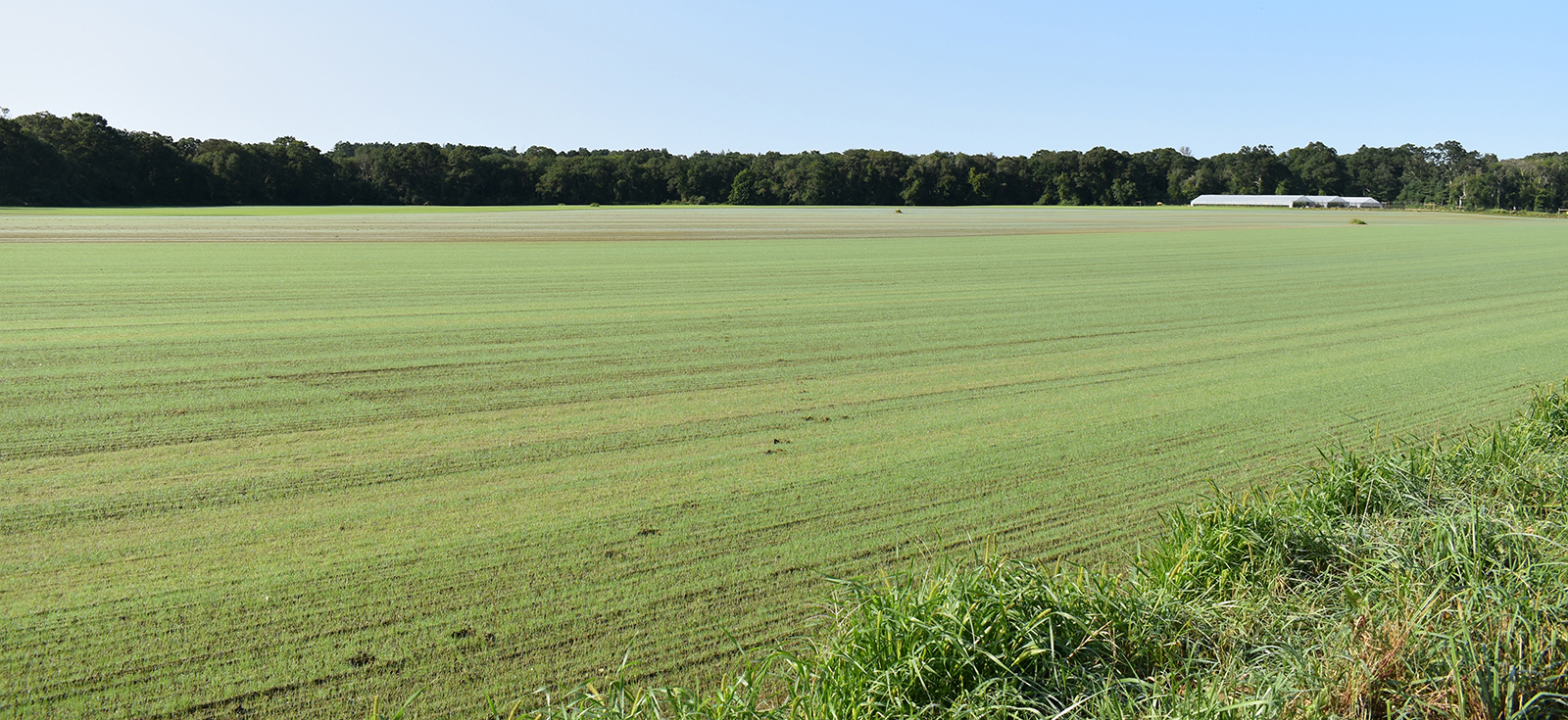Blackstone River Park Prepares for National Stage
January 8, 2016
Little more than a year ago, President Obama signed legislation establishing the Blackstone River Valley National Historical Park. Now the National Park Service (NPS) is undertaking the multiyear process of making the park operational.
The national park will help preserve, protect and interpret locations associated with the birth of the Industrial Revolution, which occurred along the Blackstone River between Worcester, Mass., and Providence in the late 18th and early 19th centuries. This two-state park differs from traditional national parks in that it includes separate locations spread across a region, rather than a single core property.
The sites were chosen to tell the complete story of the Industrial Revolution, something no single site could achieve, according to Meghan Kish, superintendent of the new park.
While the final boundaries of the park haven’t been established, the park will include: the Blackstone River State Park in Lincoln, R.I.; Old Slater Mill National Historic Landmark District in Pawtucket, R.I.; Slatersville Historic District in North Smithfield, R.I.; Ashton Historic District in Cumberland, R.I.; Whitinsville Historic District in Northbridge, Mass.; and Hopedale Village Historic District in Hopedale, Mass.
The Blackstone River and its tributaries and the Blackstone Canal are also included in the legislation. Additional sites can be added to the park in the future.
The role of the NPS will be different at each site, according to Kish. At Old Slater Mill, for example, the NPS is negotiating an easement with the property’s current owner and steward, the Old Slater Mill Association. If the NPS obtained such an easement, the association would be required to gain approval from the federal agency prior to making exterior changes to the site, to ensure its historic character is preserved.
The site’s daily operations and decisions about the interior spaces and museum would remain under the control of the association. Alternatively, ownership of the entire property could simply be transferred to the NPS, in which case the agency would serve a larger role.
The NPS also is negotiating with the state of Rhode Island to secure an easement for the Blackstone River State Park.
Meanwhile, the NPS has requested that the other four municipalities clearly define their historic districts’ boundaries. Once defined, those boundaries will be used as the boundaries for the national park. The NPS isn’t attempting to negotiate easements or transfer property ownership at these locations.
“This is a partnership park,” Kish said. “There are a lot of groups and organizations that have expertise and we want to be able to add that.”
Kish said the NPS will be able to provide resources such as federal dollars, additional staff, and technical resources relating to natural resources and historical structures. She said the National Park designation is almost certain to increase tourism, raise the profile of each site, and create more awareness about the story the sites collectively tell.
While Kish couldn’t estimate the return on investment the park will have on the local economy — mostly because of its unusually disperse geography — national parks are generally understood to improve local economic conditions. Collin O’Mara, president of the National Wildlife Federation who spoke alongside Kish at an event at Old Slater Mill last May, said millions of families across this country plan their vacations based on the national park designation.
“The average economic impact of these sites tends to be in the $5 million to $10 million range,” he said. “That supports small businesses near the parks, which hopefully creates a greater appreciation for conserving these natural and historic resources as an economic driver, rather than as resources to be exploited.”
At this early stage, Kish said she isn’t sure who will visit the park or what their experience will be like. She said the NPS and its partners will create suggested itineraries for visitors that showcase multiple sites. Early on, Kish predicts most visitors will be relatively local to the area, but, as the park becomes more established, she said people will travel longer distances to see it.
Before the park’s boundary is officially set, the park must first qualify as a “manageable unit.” This will happen when the U.S. secretary of the interior determines that a sufficient amount of land, or interest in land, has been acquired by the NPS. At that time, the the boundaries of the park will be included in the Federal Register.
According to Kish, she believes the park will be a manageable unit once the negotiations over easements at Old Slater Mill and the Blackstone River State Park conclude. Kish said it could take 18 months for both easements to be obtained.
Kish said the admittedly slow process has been a positive experience for stakeholders and the NPS. “Everyone is engaged and excited about being part of the park,” she said.
She also noted that a strategic plan is being developed with the six park sites, the municipalities and both states to guide the stakeholders through the first three to five years as a single park unit.
The NPS received $927,000 in federal funding to manage the park in 2016, after including the park in its most recent annual budget request to Congress. The agency now has three years to develop a general management plan for the park that considers the best use of existing and planned facilities, such as the Captain Wilbur Kelly House in Lincoln, R.I., the Museum of Work and Culture in Woonsocket, R.I., and various visitors center within the Providence-Worcester corridor.
The park also received internal funding last year from the NPS for signage at Old Slater Mill and the Kelley House.




I hope we get to develop and market this park, for reasons of promoting tourism, interest in history and outdoors recreation, environmental understanding, and to enhance the quality of life here that can make living and investing in Rhode Island more desirable. I also hope we can connect the various sites by finally completing the Blackstone Bikeway which can help in all of the above.
As I understand it, during the planning stages there will be opportunity for community input as the planning progresses. The budget is exciting news for all stakeholders as this will enable planning to get underway more fully.